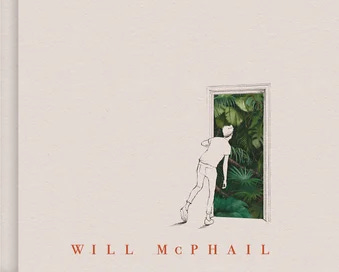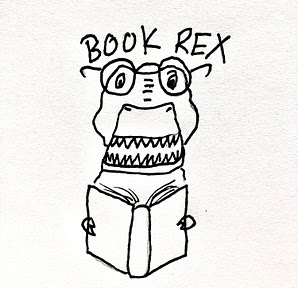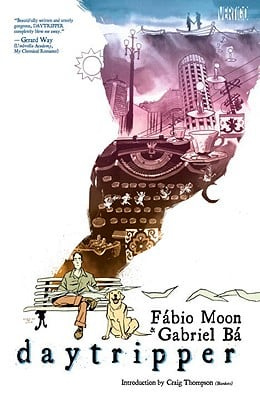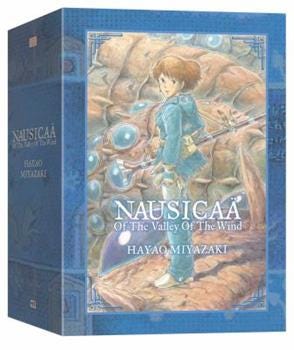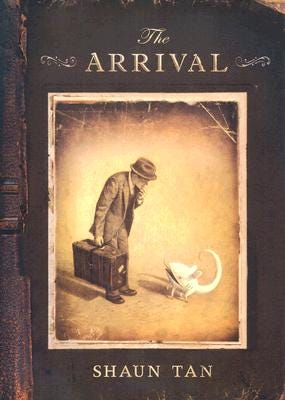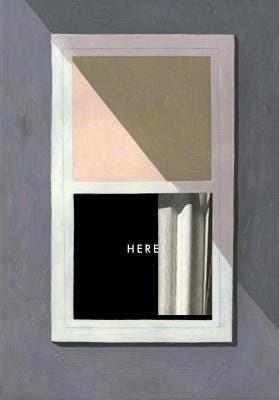Note: As always, these books are affiliate linked to Bookshop.org, which means that if you buy through the link, I get a small kickback. This does not have any effect on the books I choose. I never affiliate link to Amazon.
In my previous job as a librarian, I had the job of buying new comics for the local library. It was maybe my favorite part of the job — in the past, not much had been set aside for the section, and over my tenure, I got to expand it by the thousands.
Comics were among the highest circulating books in our collection, but they were mostly checked out by a group of loyal regulars who tended to be at the oldest, about my age (mid-30s), and usually in their teens or 20s.
The older generations usually still view comics as pulp, or as a lesser medium. I’ve argued that this is a mistaken viewpoint elsewhere, but I needn’t bother — this opinion will die out with the older generations.
I’d like more of my generation to engage with comics, though, mostly because I like talking about them and we still have a hangover of the olden days when comics were in the “nerd” domain, back before being nerdy was trendy.
So: for my non-comics friends, I have five recommendations for comics that are not pulpy, and are, in fact, beautiful and transcendent, like the best that literature has to offer.
Daytripper by Fabio Moon and Gabriel Ba
Fabio Moon and Gabriel Ba’s Daytripper spends each issue following the life of Bras, a man living an ordinary life in Brazil, and each issue ends with his death. Then, in the next issue, he is resurrected — he dodged the bus, he was saved from the drowning, etc. — and his life moves on.
It’s a staggeringly good book, covering childhood, first romances, professional successes and disappointments, difficult parents, and finally old age. The conceit is similar to Kate Atkinson’s novel Life After Life, though the execution is extremely different (there are, for example, no wars, no counterfactual attempts on Hitler’s life, etc.).
Nausicaa of the Valley of the Wind by Hayao Miyazaki
Miyazaki is now best known for his Studio Ghibli movies like Spirited Away, Princess Mononoke, Howl’s Moving Castle, and My Neighbor Totoro. One of his earlier films was an adaptation of his acclaimed manga series Nausicaa of the Valley of the Wind, which remains, for my money, one of his best two or three works.
Nausicaa is set in a dystopian future, long after giant, nuclear-powered “warriors” destroyed human civilization and left the planet in ecological ruin. The effects are still being felt a thousand years later as an enormous toxic jungle continues to consume civilization, and enormous insects rampage and kill anyone who dares to get too close. Nausicaa is a princess in an uncontaminated zone called the Valley of the Wind, and she has an affinity for animals and the deadly insects that threaten what remains of civilization.
Miyazaki has been creating emotionally immense works of ecological fiction his entire life (my favorite of his movies, Princess Mononoke, has similar themes), but it started with this manga. If you’re new to that medium (which differs from mainstream comics mostly in that it’s read in the opposite direction, as Japanese books are read in what we would consider to be back to front), this is among the best places to start: it’s significantly more in-depth than the movie, but having the framework of that film to help guide you through will be helpful.
The Arrival by Shaun Tan
There are zero words in Shaun Tan’s The Arrival. Instead, he seeks to convey the experience of immigration from one country to another solely in images. The way he does this is ingenious — the old country, which our immigrant greatly misses, is no longer safe, as enormous dragon tails can be seen prowling around the corners of the streets.
But our immigrant must exchange the dangerous for the impossibly strange — the animals in the new country are portrayed as aliens, the language as impenetrable hieroglyphs.
For those who see comics as just picture books for people who don’t have the patience to read, this book is the antidote — it does with images alone what words could never do, and is perhaps the best depiction I’ve ever seen of the alienating strangeness that is moving to a new and unfamiliar country.
Here by Richard McGuire
Richard McGuire’s Here is renowned among comics fans for its concept, and is another book that most likely couldn’t be done in solely written form. It is the story of a corner of a room, taking place from prehistory to the distant future.
It sounds like a gimmick, but the execution is flawless: by fixating on this one corner, you can see when it was once a forest, you can see when a couple conceived a child there, when the child plays, when the couple throws a party, when they fight. You can see previous owners — occasionally even historical figures! — as they live their lives, you can see as new technologies come and grow old.
It’s a beautiful perspective of the places we live and how they play a very real role in our lives, even if we only ever give them credit as the backdrops to our adventures.
In. by Will McPhail
This is easily the goofiest book on my list (it has one particularly absurd page in which a new couple hooking up for the first time is portrayed as a fully-nude dance routine), but it’s been my favorite of recent years.
It tells the story of Nick, an awkward millennial who discovers that much of what has been missing from his life has been other people — when he stops focusing on himself and is let into the lives of others, the pages flip from black and white classic comics to gorgeous, lush paintings of his acquaintances complex interior worlds. It’s a perfect antidote to those of us who have hidden our true selves behind several layers of irony.

